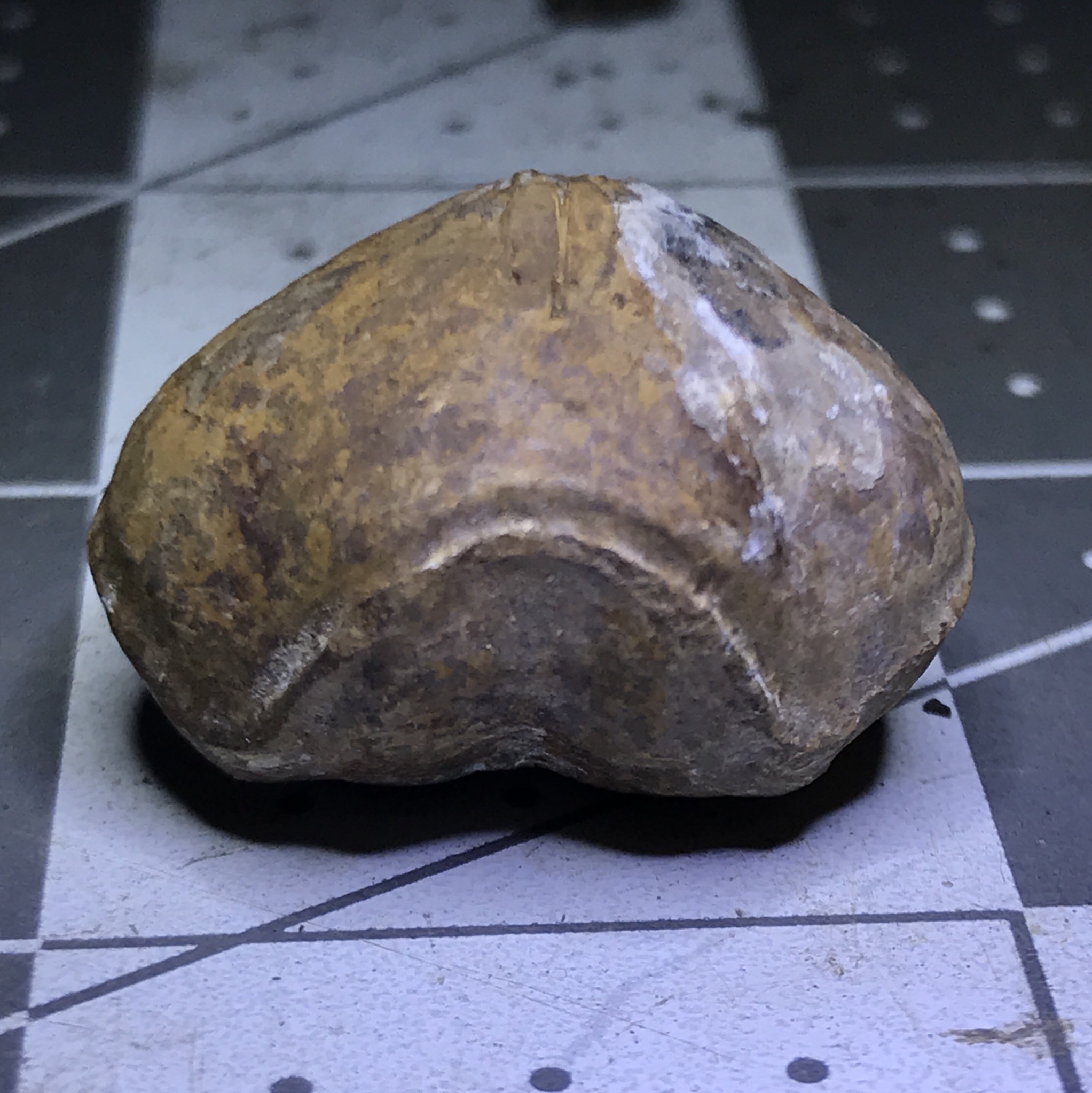Phylum: Brachiopoda Duméril, 1806
Brachiopoda is a marine-only, long-lived phylum that includes articulated and inarticulated species. While diversity is low today, it exploded in three peaks throughout the Paleozoic. Brachiopods are among the most common fossils in the Paleozoic and are very common in the Brush Creek limestone locale featured in this book.
Members of the phyla are among the longest-lived from the early Cambrian period to modern times. Ushatinskaya (2008) notes that brachiopods are unique in developing both carbonate (CaCO3) and phosphate (Ca3(PO4)2) shells within the same phylum over their entire existence. Typically, a group uses one material or the other. Several unique groups developed during this period, depending on global climate distribution in the Cambrian.
Brachiopods look a lot like bivalves (clams). From far away, you could easily mistake the two, but up close, they are very different. Two significant details of the shell differ. First, brachiopod shells have bilateral symmetry. They are a mirror image across each valve. Second, articulate brachiopods have two different valves. The brachial/dorsal valve tends to be smaller than the other, often with a different shape. The brachial valve can be concave with a paired convex pedicle/ventral valve.
Diversity peaked during the Devonian period before the Late Devonian extinction, which saw over 50% of Brachiopod genera becoming extinct (Carlson, 2016). The Carboniferous period saw a time of low brachiopod diversity before rapidly climbing to its second-highest peak at the onset of the Permian. Not all brachiopods peaked during the Permian; the Dictyonellid Isogramma Meek and Worthen (1870) reached a peak during the Kasimovian geochronologic age (Late Pennsylvanian) and never recovered through the Permian until its demise at the onset of the Permian–Triassic extinction event.
Brachiopods are happiest in shallow waters below low tide but can exist elsewhere. They do not tolerate low salinity well and will be difficult to find near river deltas. Finding their fossils does not guarantee a paleoenvironment but suggests certain conditions. Most attach to the sea bed using the pedicle, a fleshy arm that reaches out of an opening in the shell.
Brachiopods Through Time
Brachiopod diversity was generally high throughout the Carboniferous. However, after the period changed to the Permian, diversity sharply declined and never recovered to levels sustained from 485 until 299 million years ago.
Today, there are about 100 living genera. However, there have been about 5,000 discovered in the fossil record.
Brachiopods from Parks Township
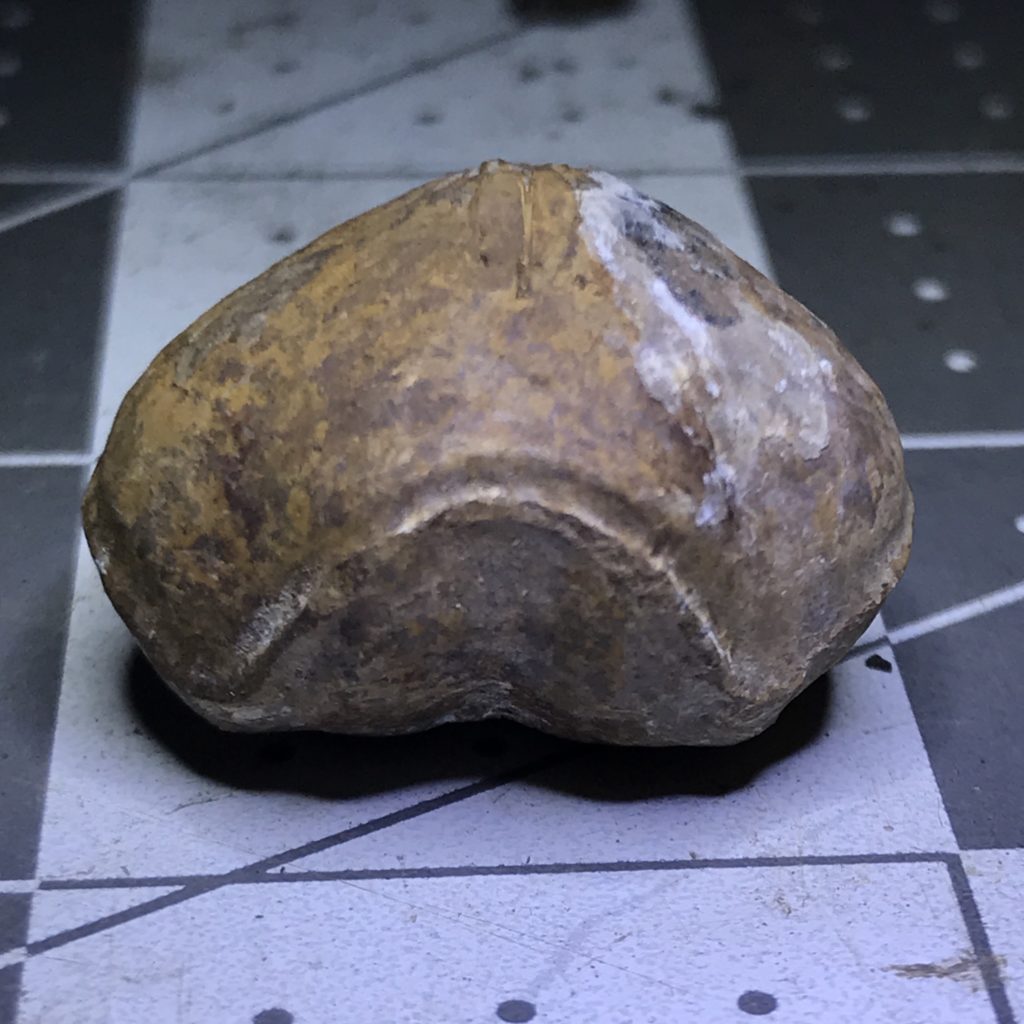
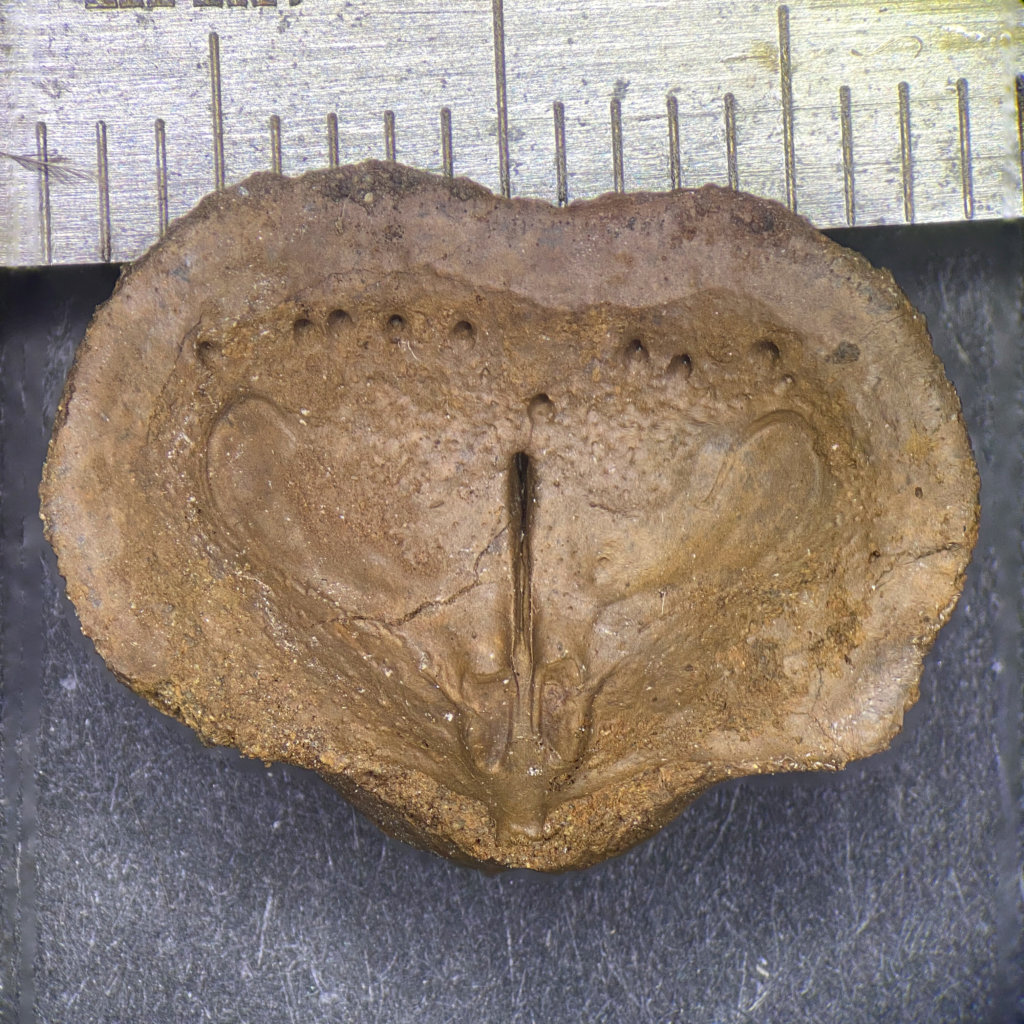
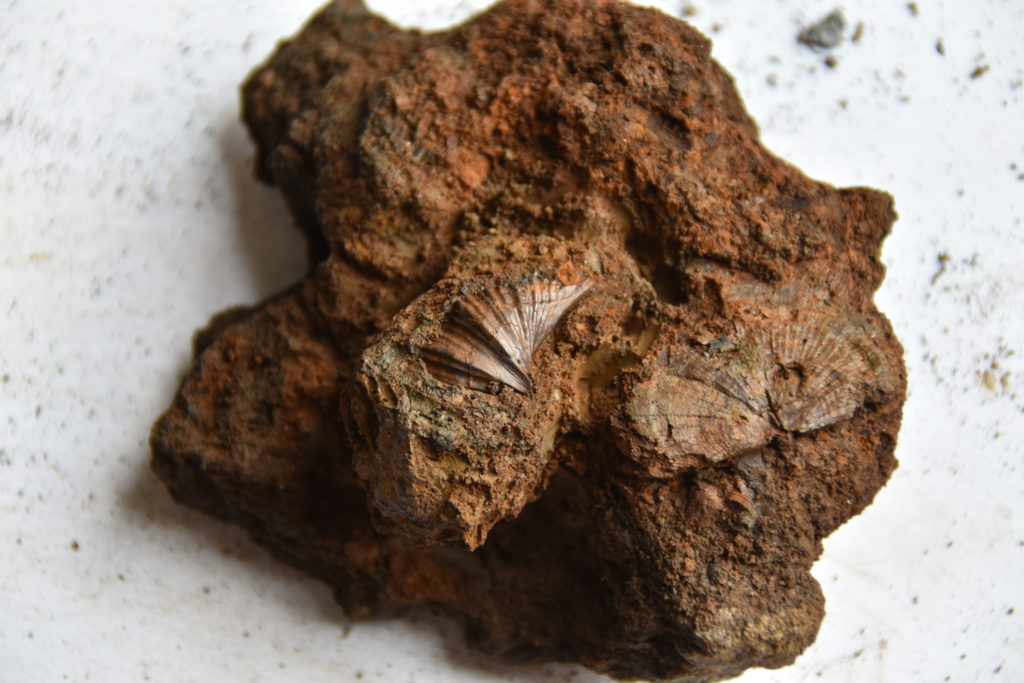
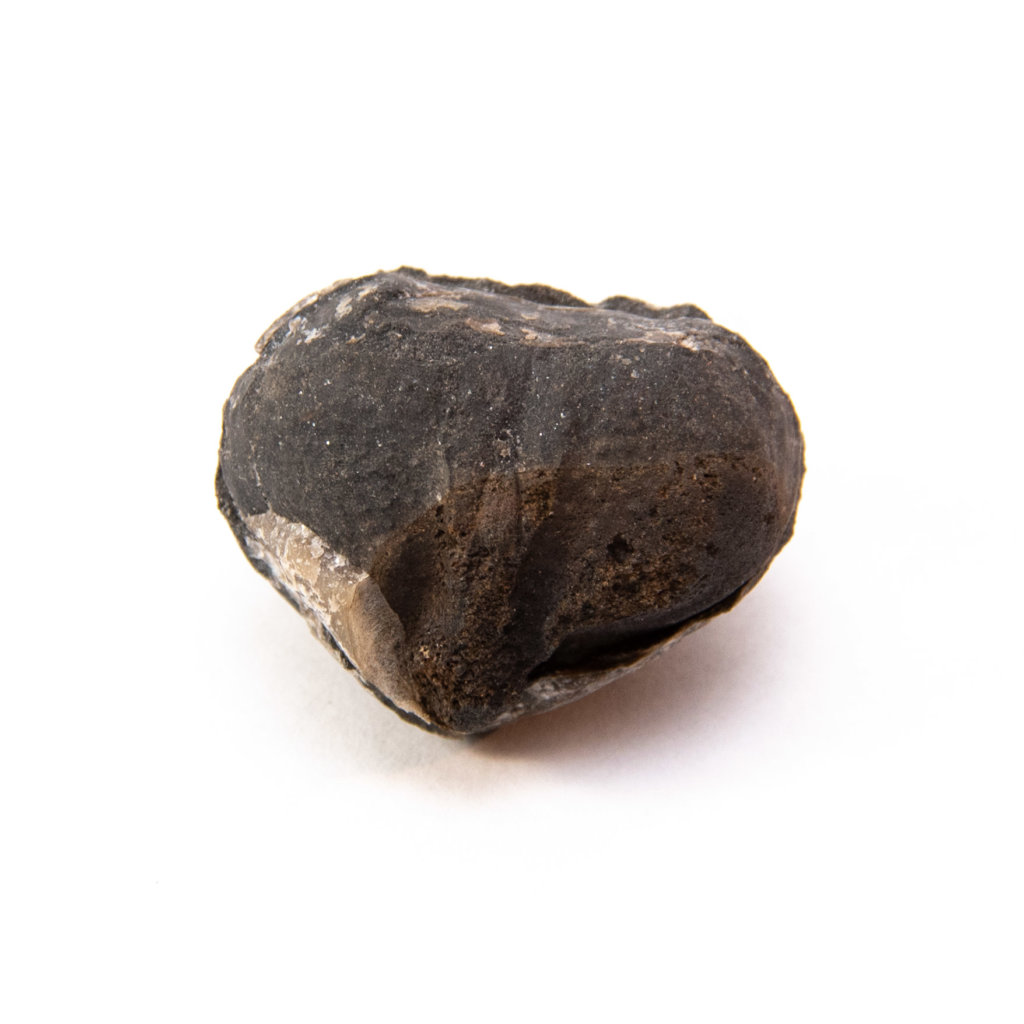
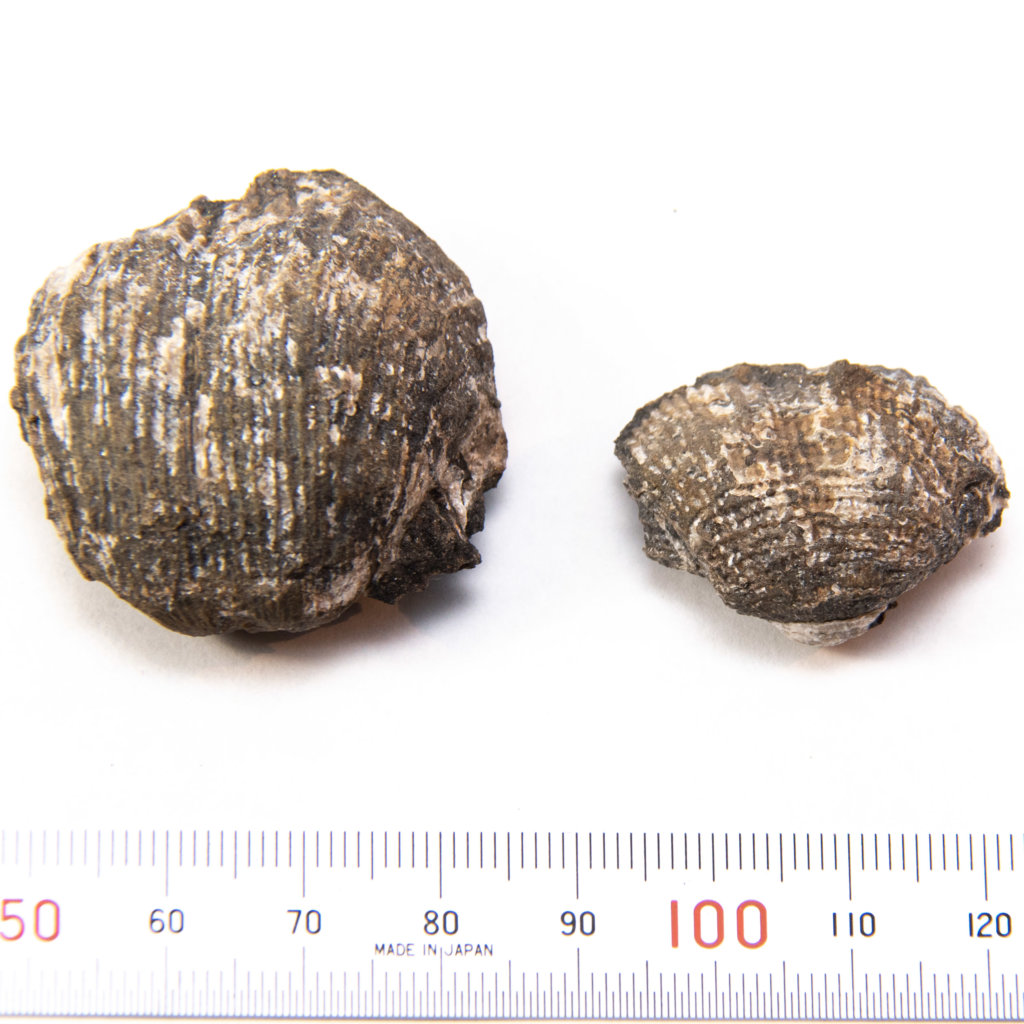
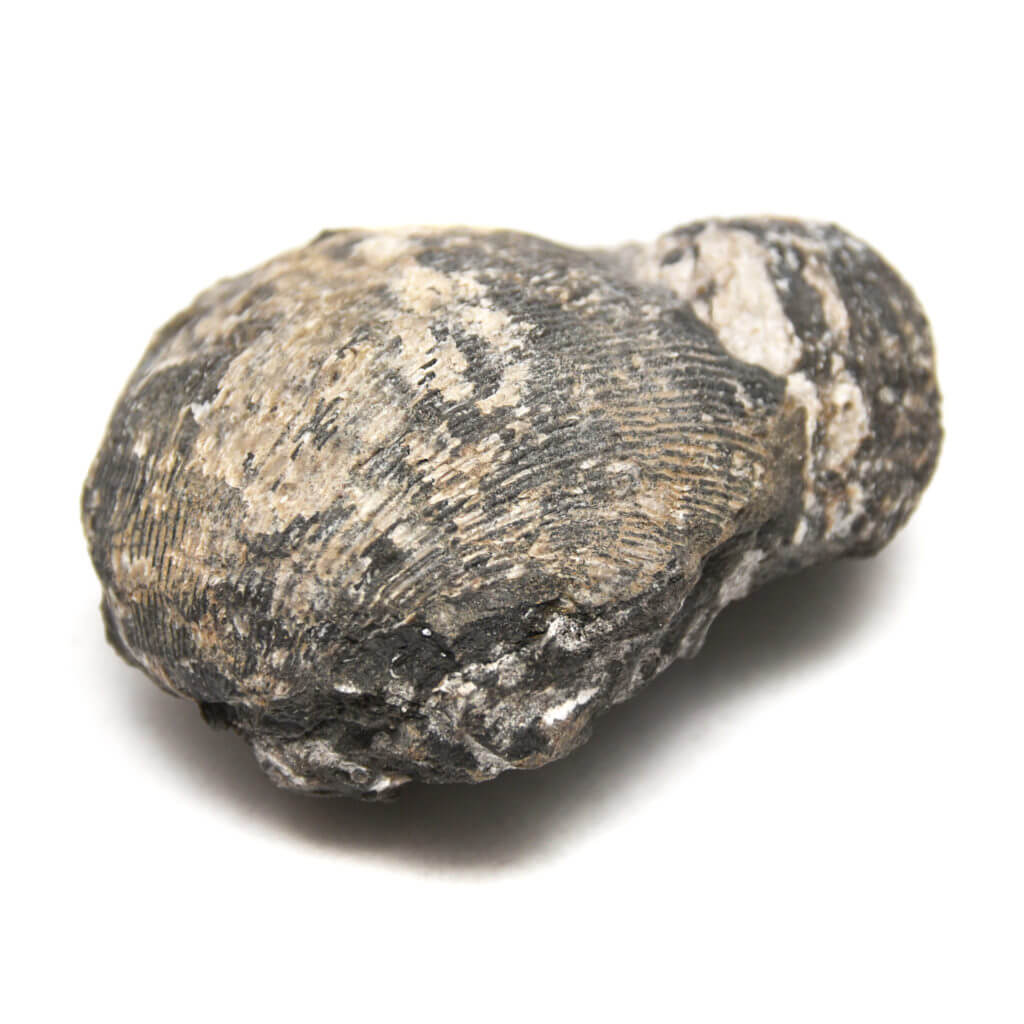
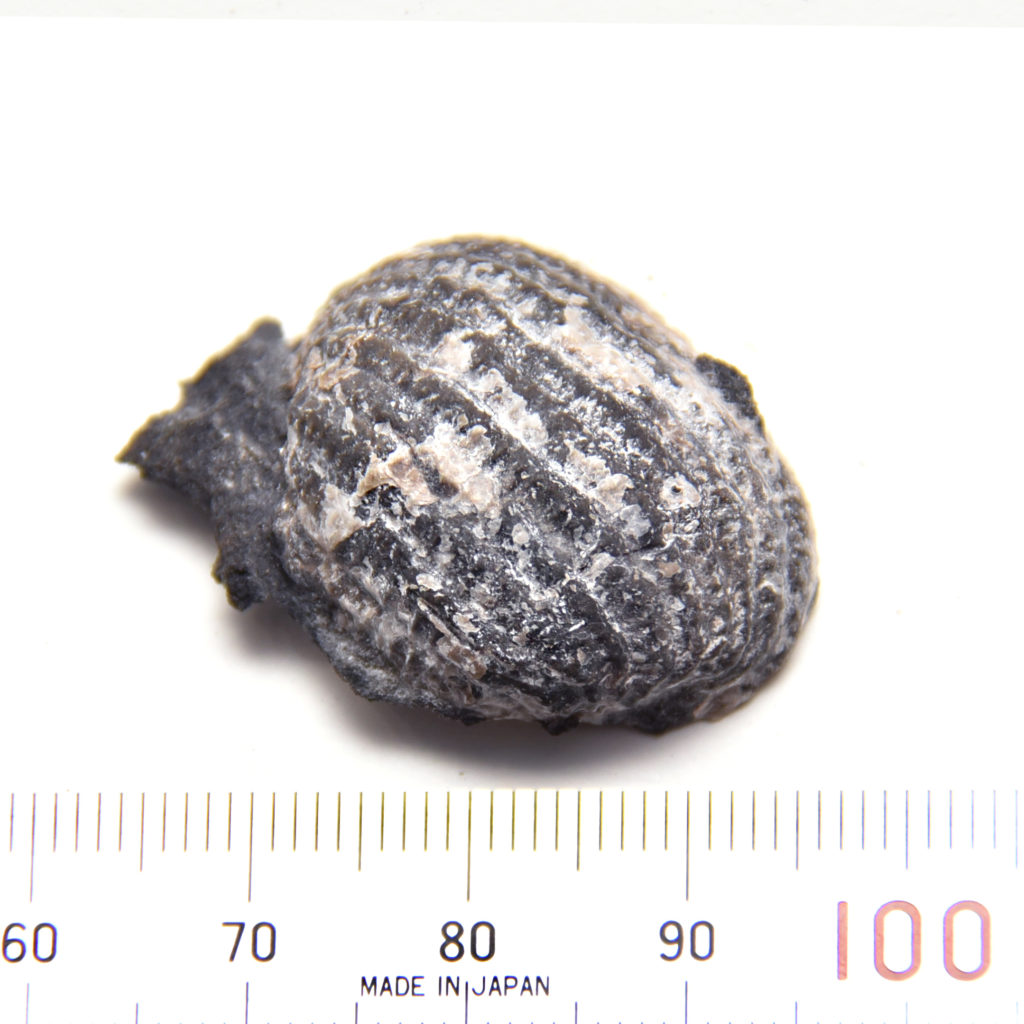
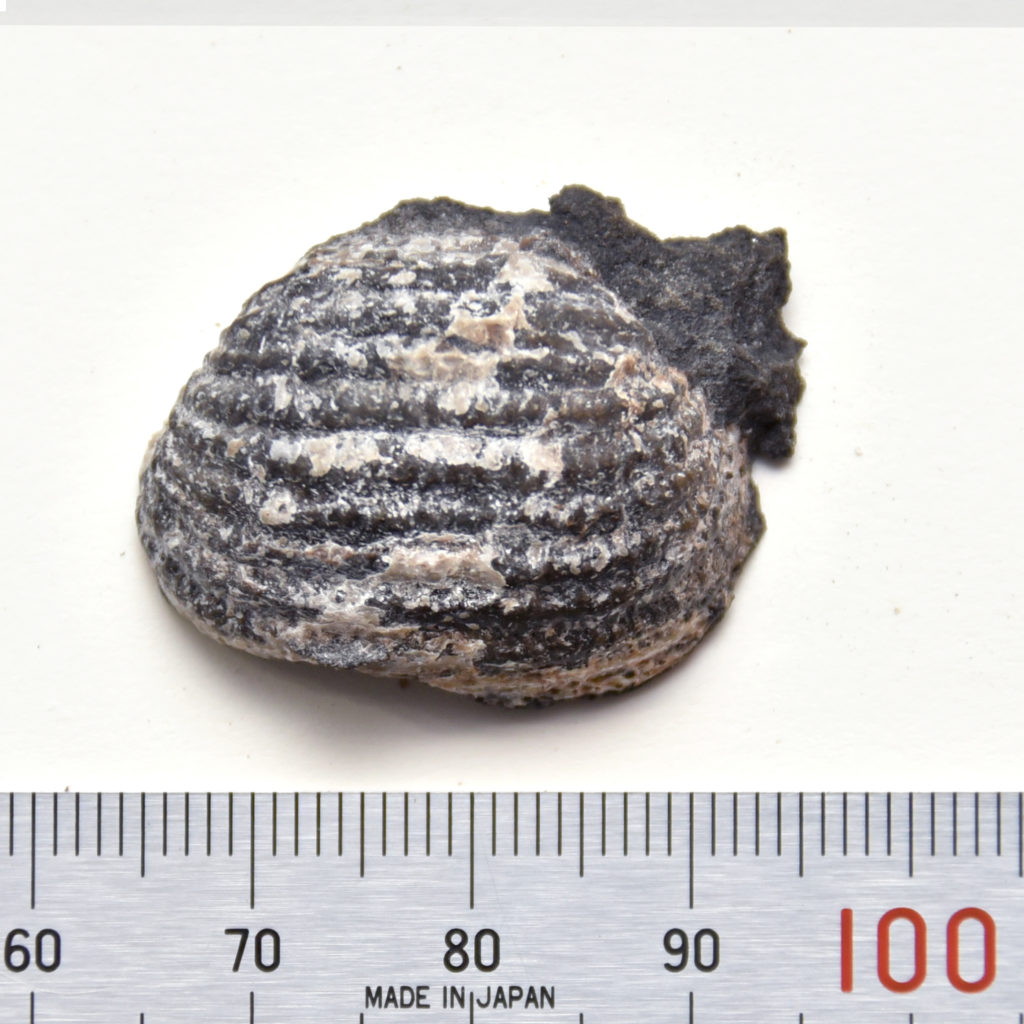
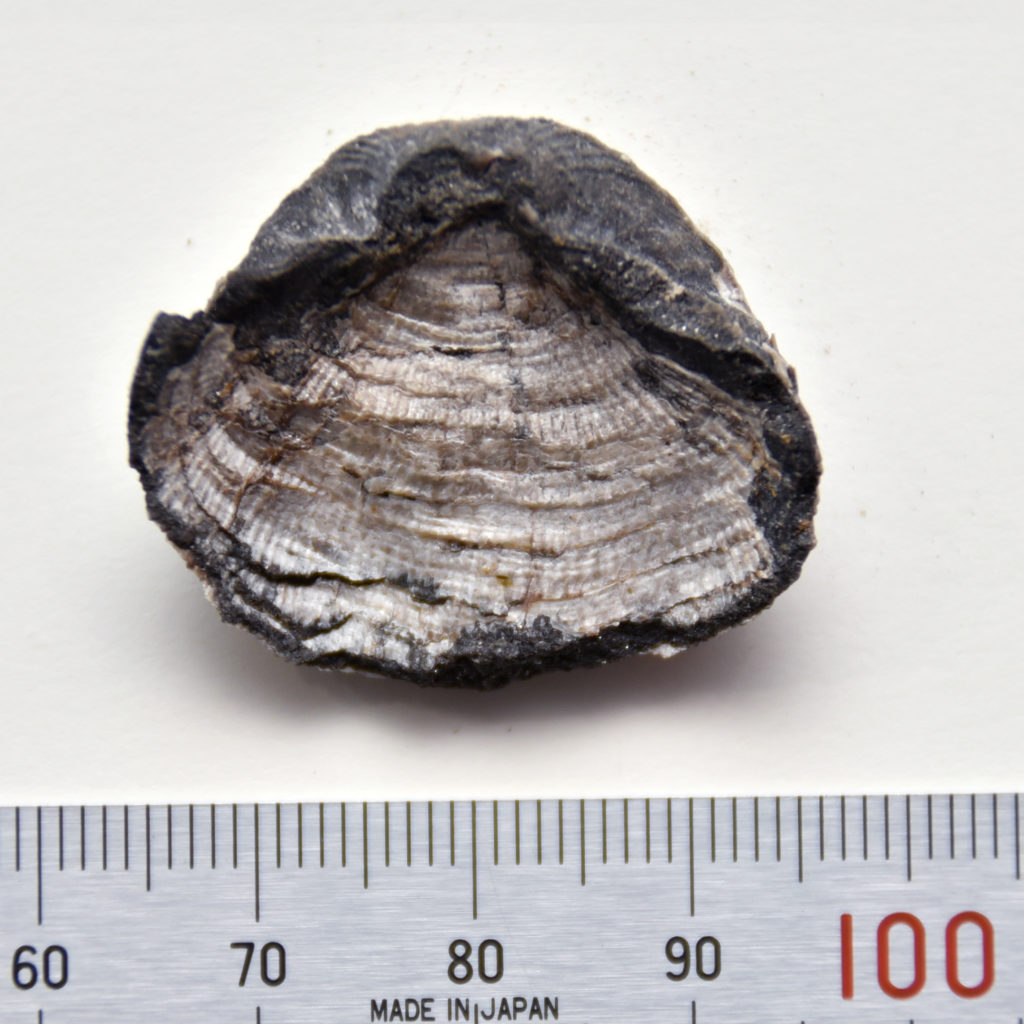
Brachiopod Specimens from the Catalog
Several brachiopods are in the general collection, and a handful have been entered into the catalog. The following specimens have been entered.

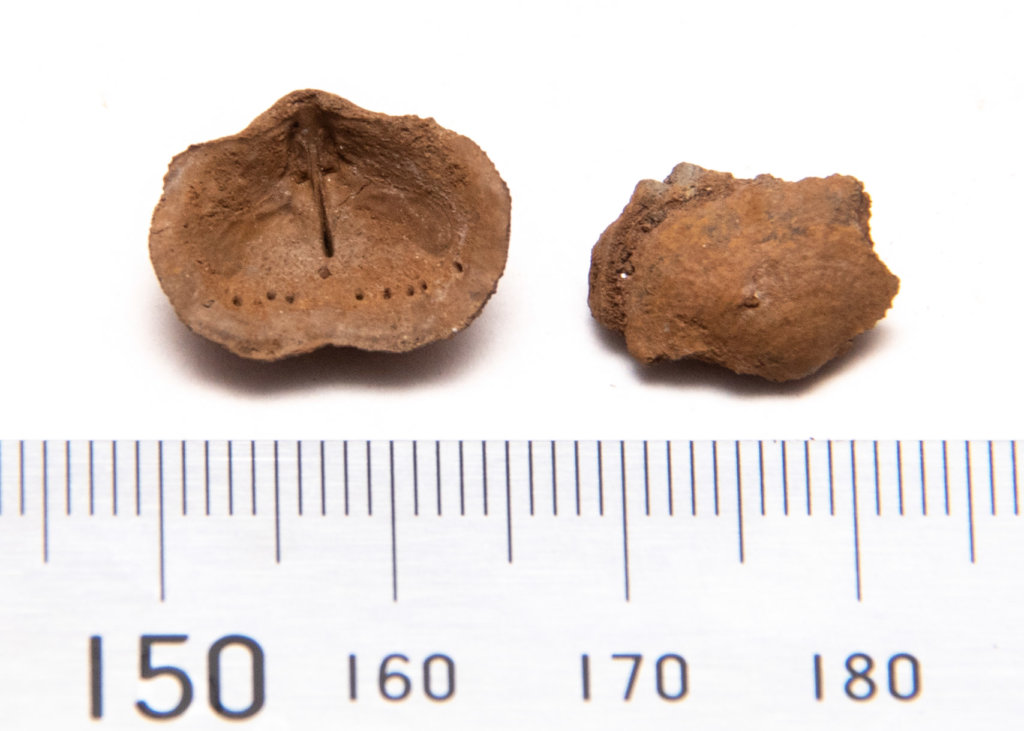
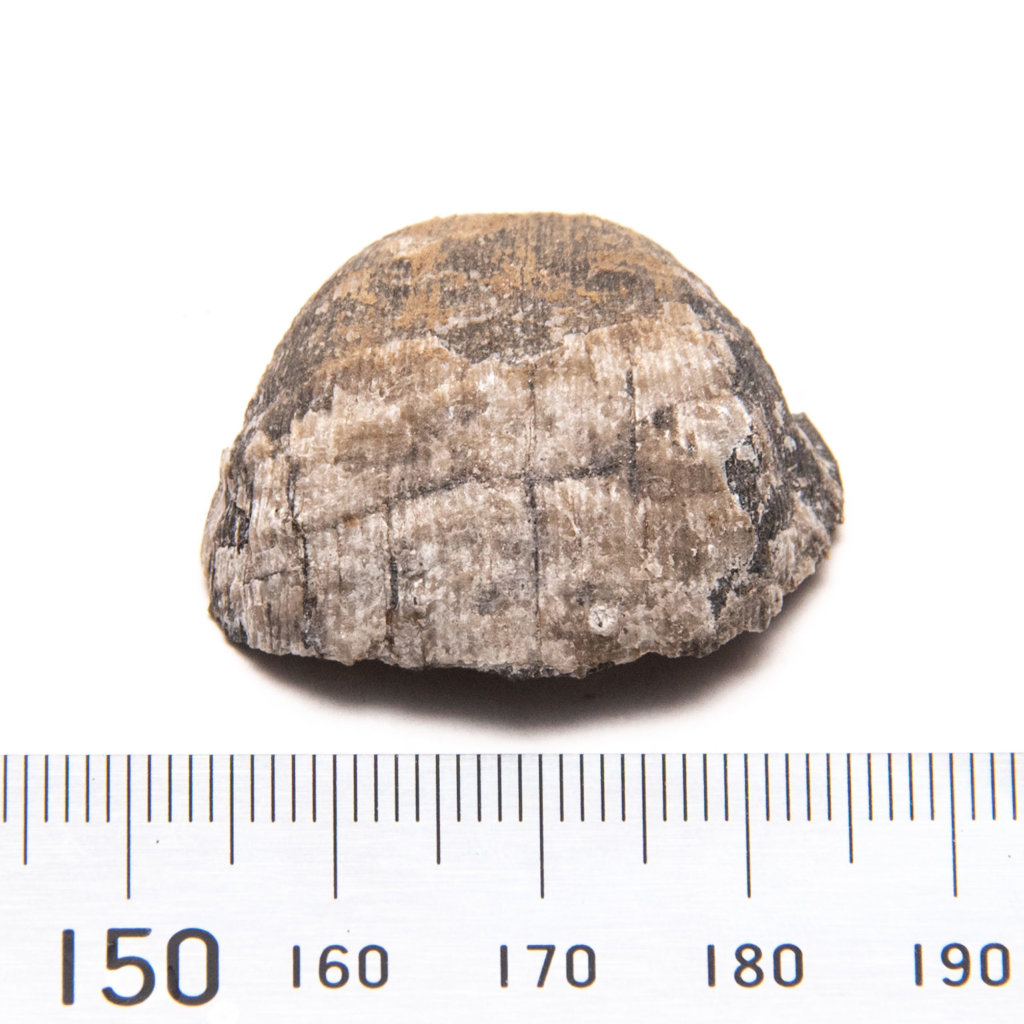
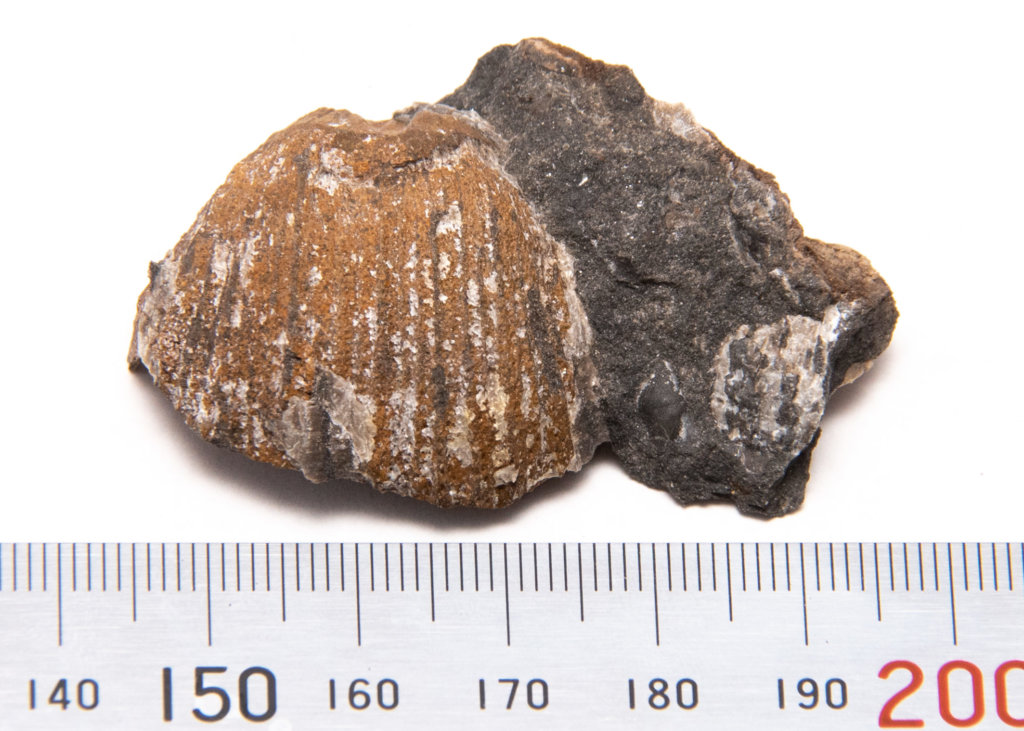
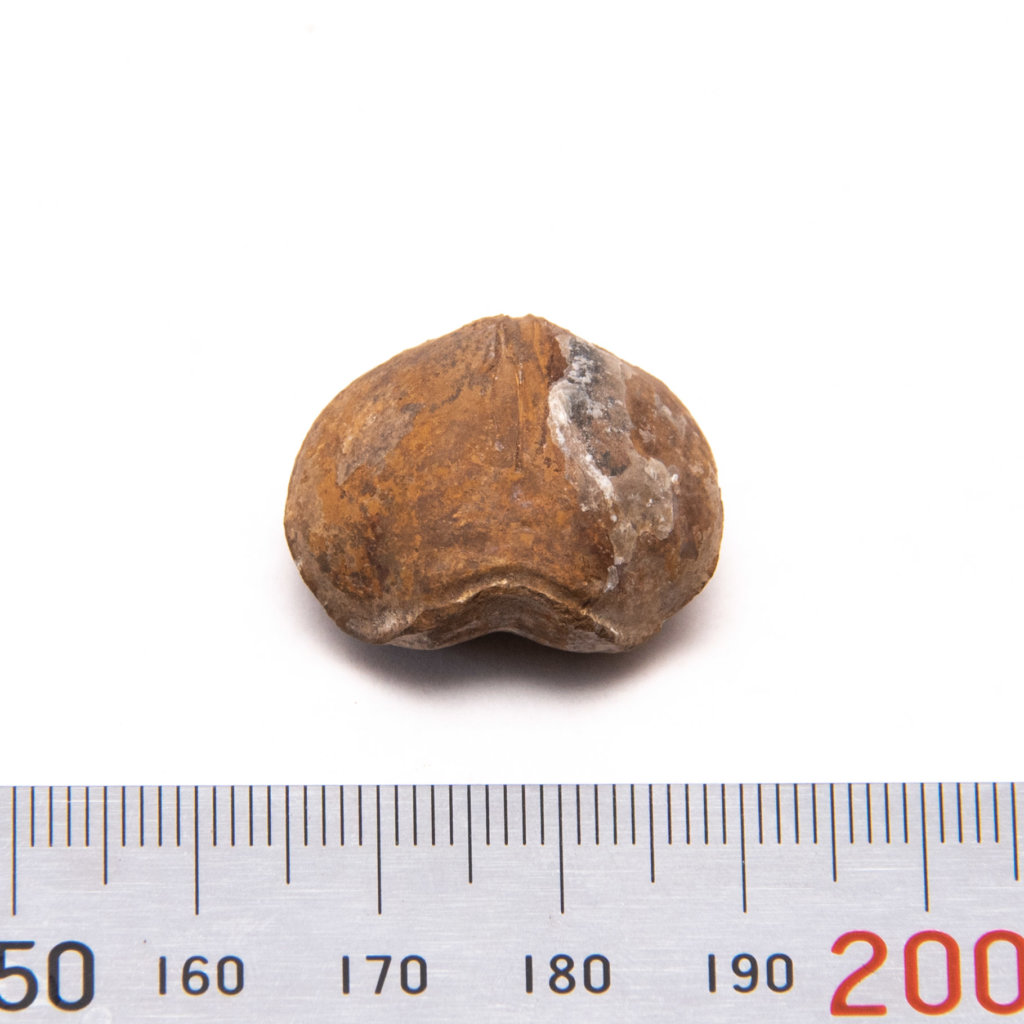
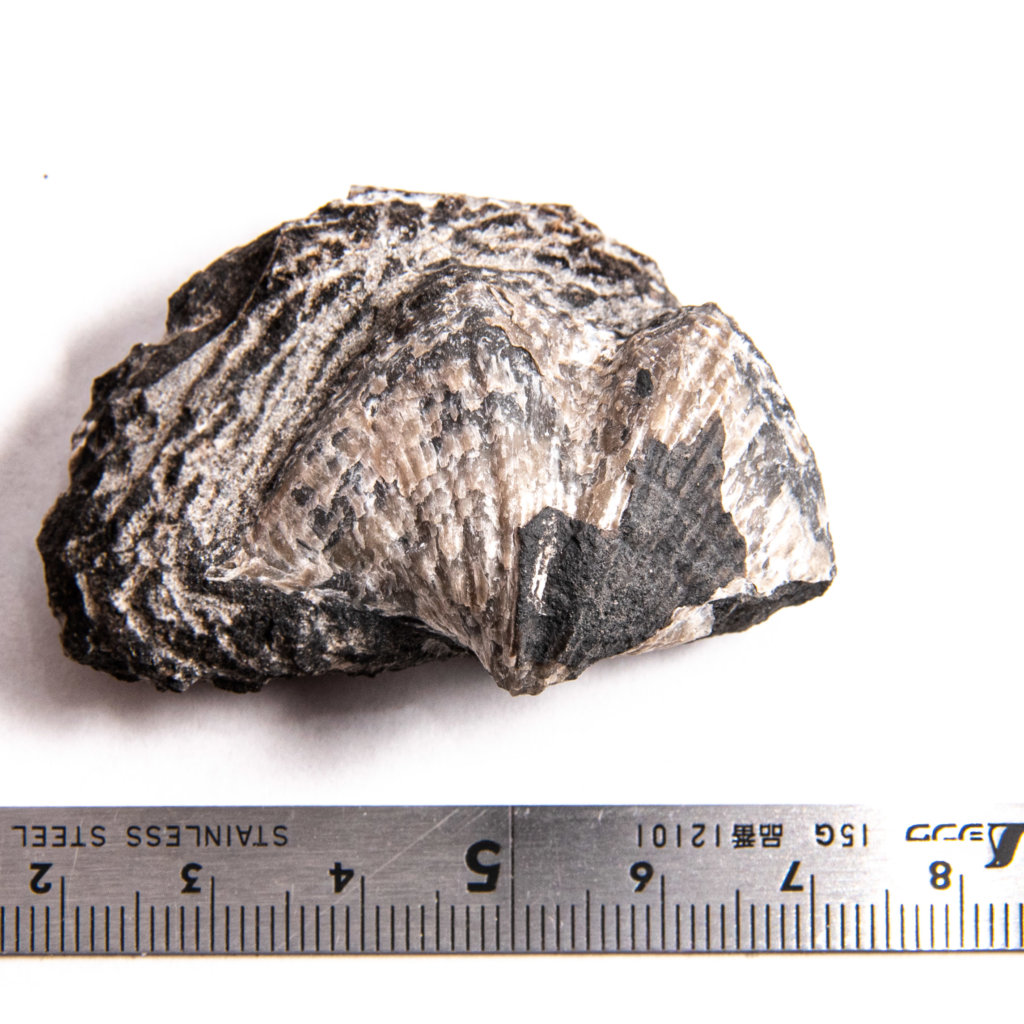
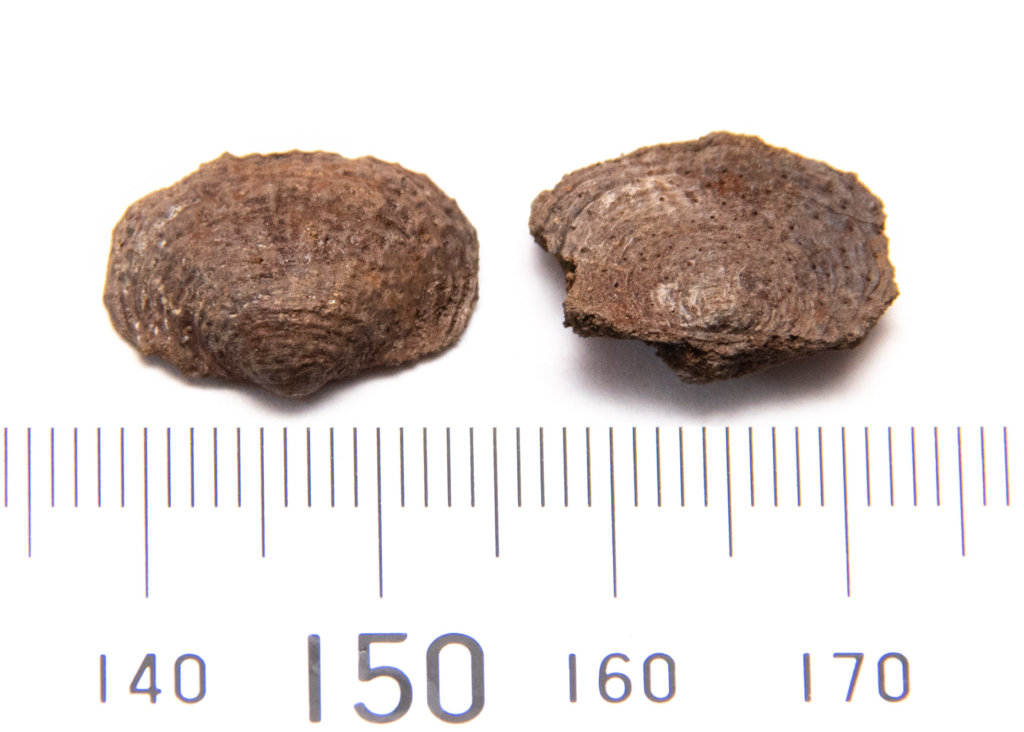
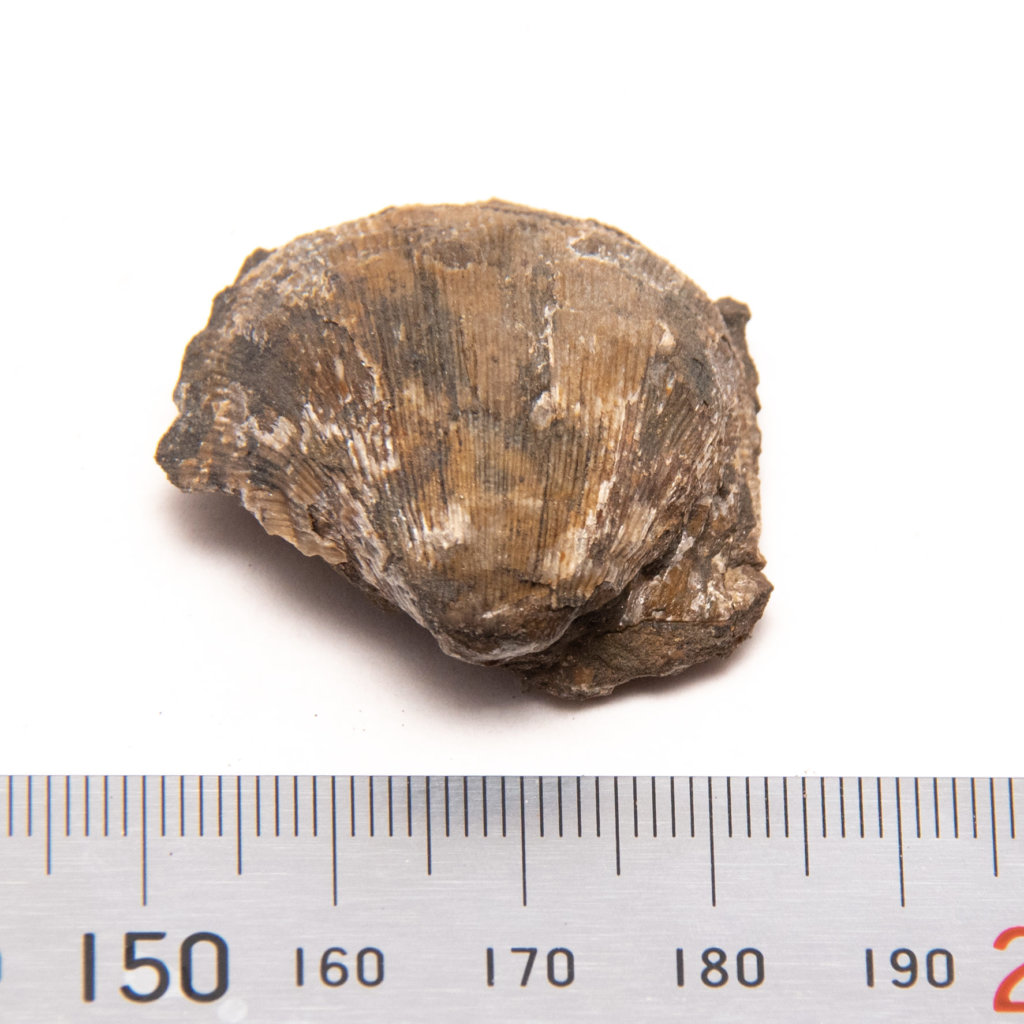
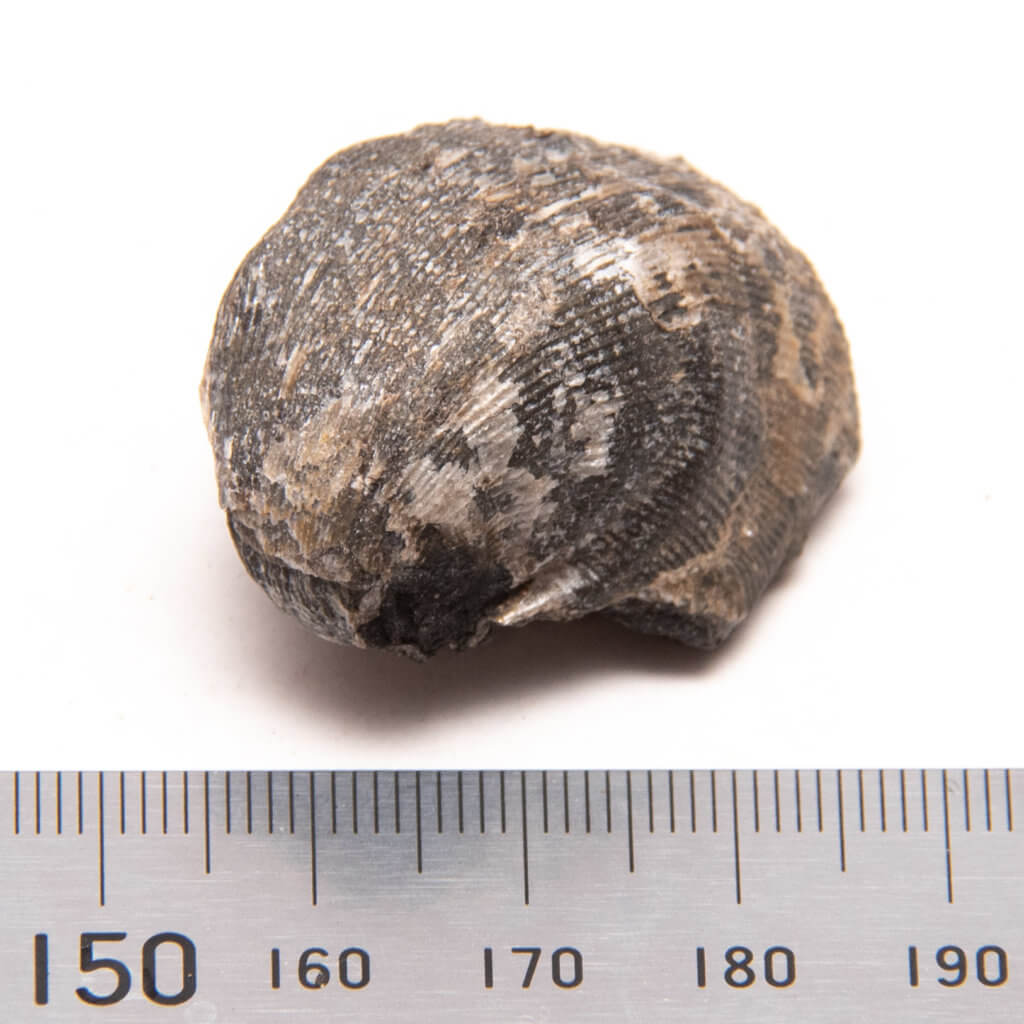
More about Brachiopods
- http://paleo.cortland.edu/tutorial/Brachiopods/brachmorph.htm
- https://ucmp.berkeley.edu/brachiopoda/brachiopoda.html
- https://en.wikipedia.org/wiki/Brachiopod
- https://www.bgs.ac.uk/discoveringgeology/time/Fossilfocus/brachiopod.html
References
- 2010, Sarda Sahney, Michael J. Benton, Howard J. Falcon-Lang; Rainforest collapse triggered Carboniferous tetrapod diversification in Euramerica. Geology ; 38 (12): 1079–1082. doi: https://doi.org/10.1130/G31182.1
- Carlson, Sandra. (2016). The Evolution of Brachiopoda. Annual Review of Earth and Planetary Sciences. 44. 10.1146/annurev-earth-060115-012348.
- Ushatinskaya, G. T. (2008) Origin and dispersal of the earliest brachiopods. Paleontological Journal, 42 (8) 776-791

